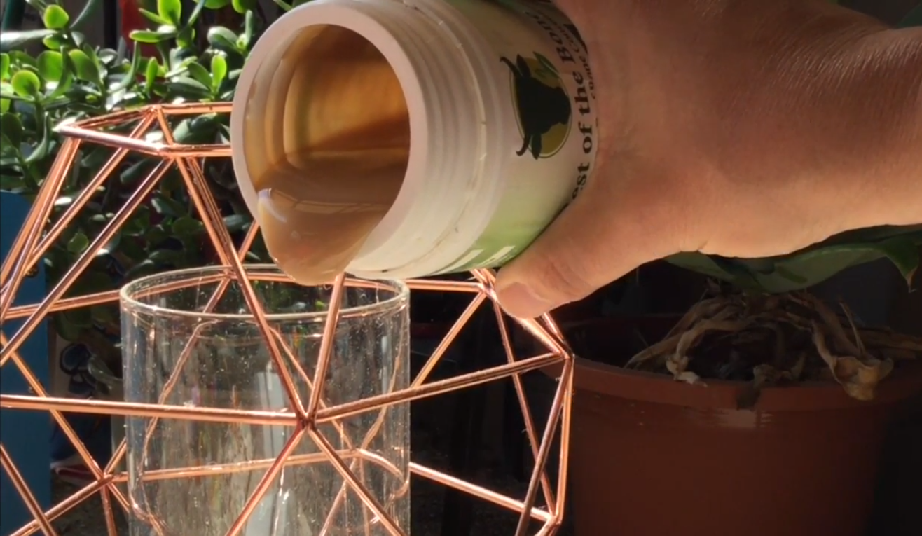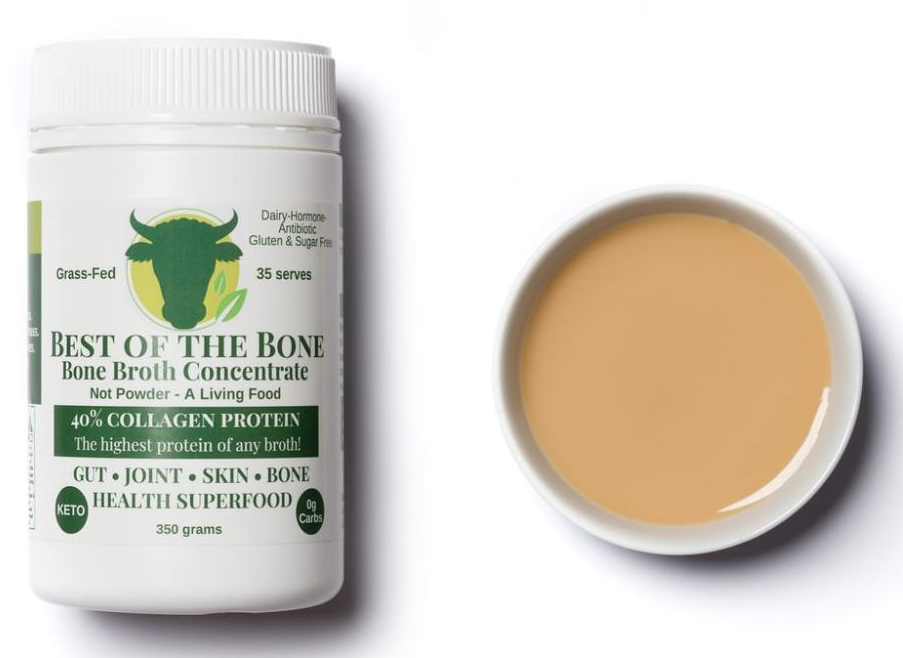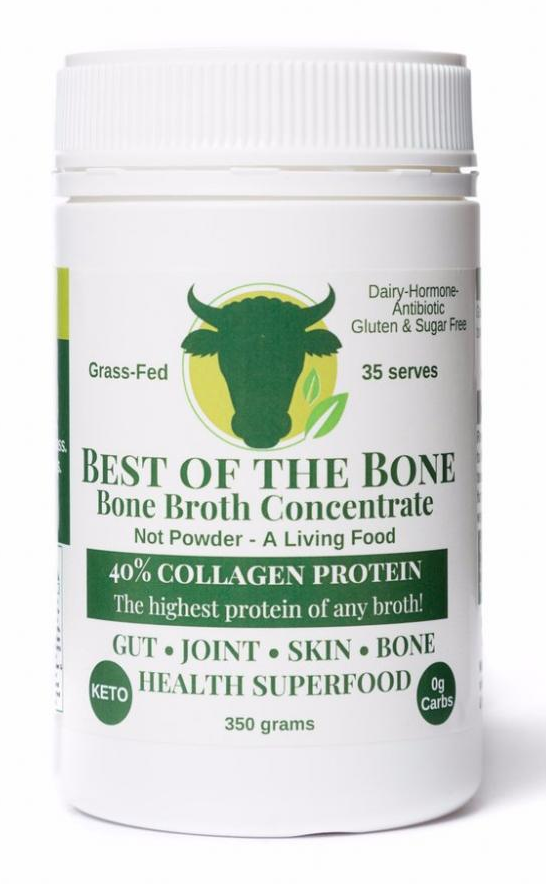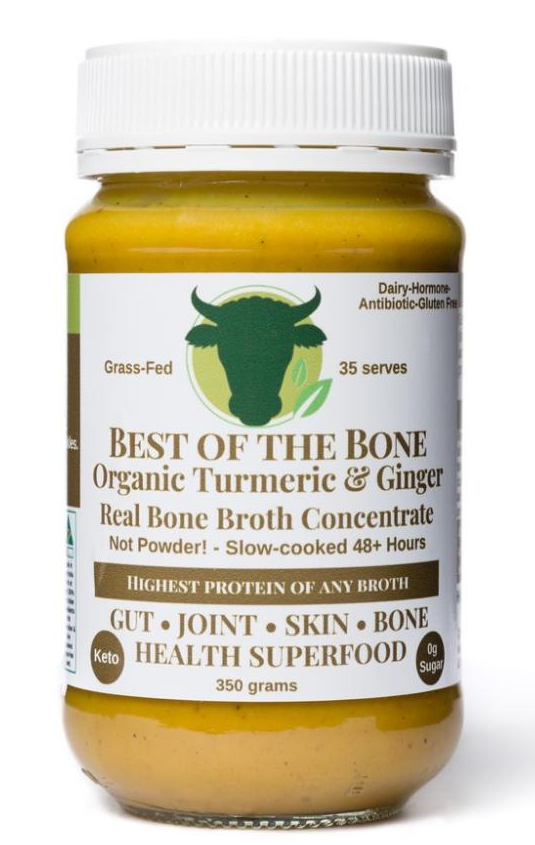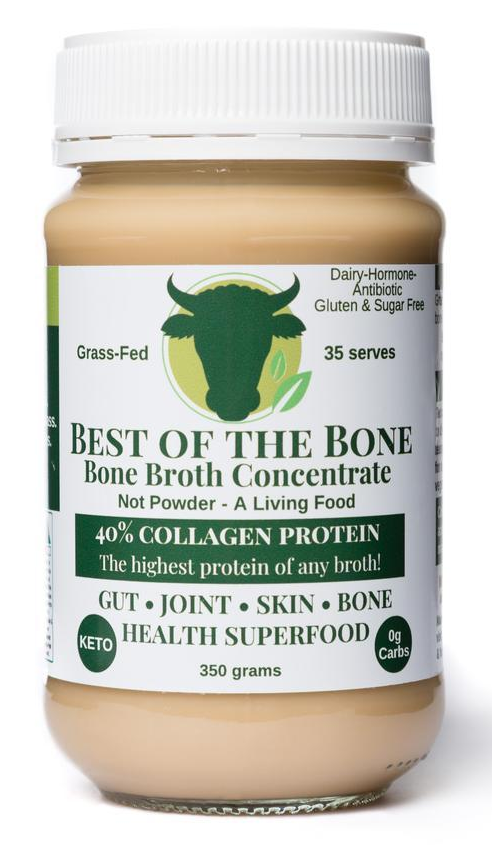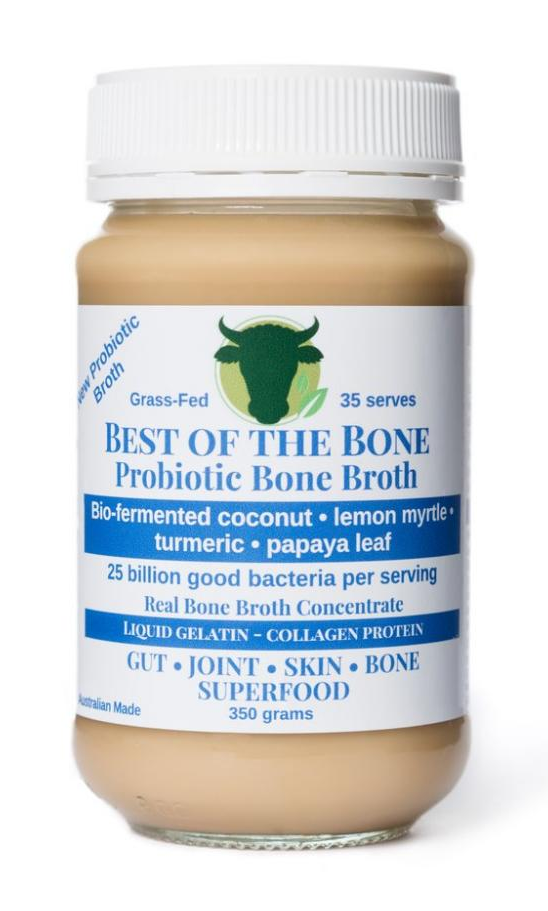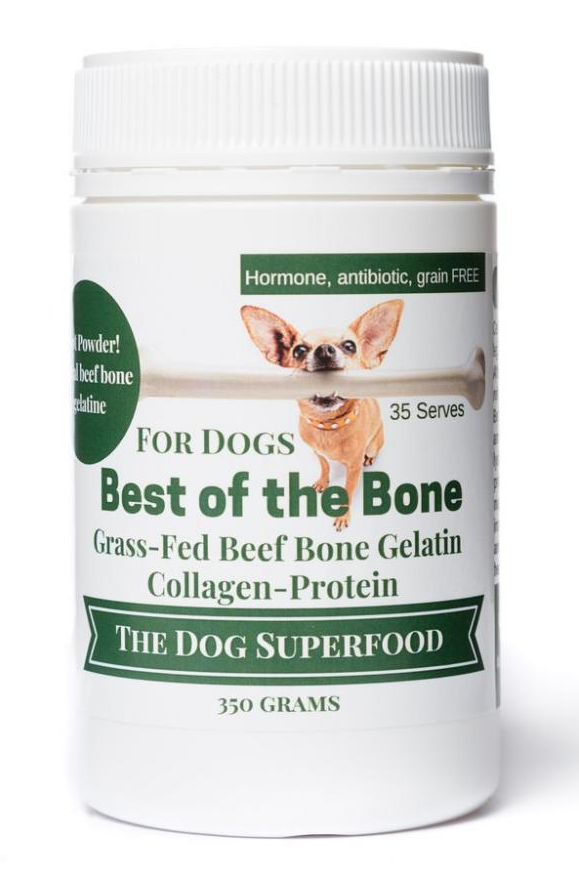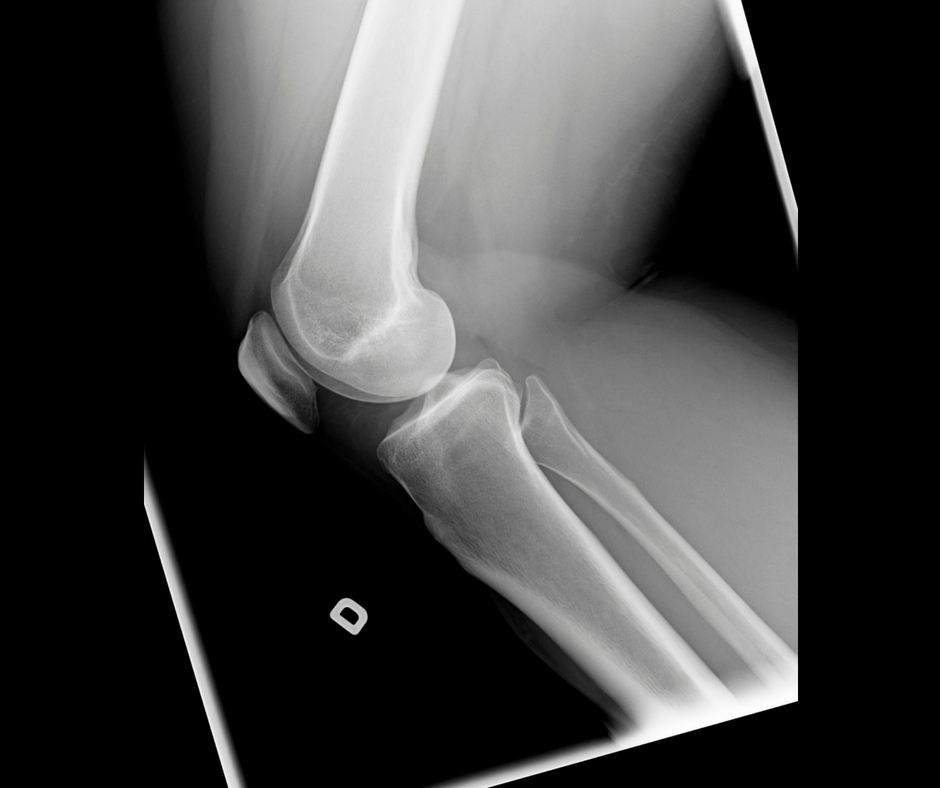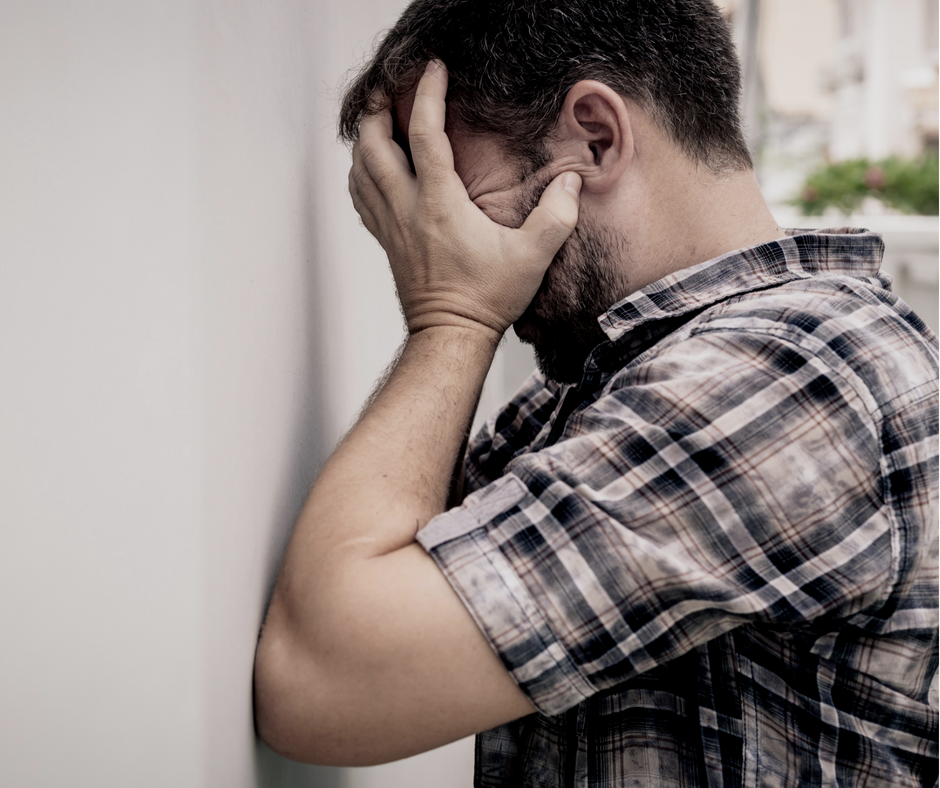a system of integrative medicine that involves pricking the skin or tissues with needles, used to alleviate pain and to treat various physical, mental, and emotional conditions. Originating in ancient China, acupuncture is now widely practiced in the West.
Contrary to popular Western belief, acupuncture is not just a system for inserting very thing needles into specific body locations to eliminate or reduce pain. It is a complete medical protocol focused on correcting imbalances of energy (known as qi or chi) in the body. In China , acupuncture has been used traditionally to prevent, diagnose and treat disease, as well as to improve general health.
In medical news today they explained how it works. Traditional Chinese medicine explains that health is the result of a harmonious balance of the complementary extremes of "yin" and "yang" of the life force known as "qi," pronounced "chi." Illness is said to be the consequence of an imbalance of the forces.
Qi is said to flow through meridians, or pathways, in the human body. These meridiens and energy flows are accessible through 350 acupuncture points in the body.
Inserting needles into these points with appropriate combinations is said to bring the energy flow back into proper balance.
There is no scientific proof that the meridians or acupuncture points exist, and it is hard to prove that they either do or do not, but numerous studies suggest that acupuncture works for some conditions.

Some experts have used neuroscience to explain acupuncture. Acupuncture points are seen as places where nerves, muscles, and connective tissue can be stimulated. The stimulation increases blood flow, while at the same time triggering the activity of the body's natural painkillers.
It is difficult to set up investigations using proper scientific controls, because of the invasive nature of acupuncture. In a clinical study, a control group would have to undergo sham treatment, or a placebo, for results to be compared with those of genuine acupuncture.
Some studies have concluded that acupuncture offers similar benefits to a patient as a placebo, but others have indicated that there are some real benefits.
It is believed to relieve but not limited to the conditions listed below;
- low back pain
- Menstrual cramps
- neck pain
- Osteoarthritis
- Rheumatoid arthritis
- knee pain
- Sprain
- sciatica
- Post-op nausea and vomiting
- headache and migraine
- Dental pain
- Respiratory disorders, such as allergic rhinitis
- High or low blood pressure
- Gastric conditions like peptic ulcer
- Morning sickness or labor pain
- Stiff neck
According to Mayo Clinic Acupuncture points are situated in all areas of the body. Sometimes the appropriate points are far removed from the area of your pain. Your acupuncture practitioner will tell you the general site of the planned treatment and whether you need to remove any clothing. A gown, towel or sheet will be provided. You lie on a padded table for the treatment, which involves:
- Needle insertion. Acupuncture needles are inserted to various depths at strategic points on your body. The needles are very thin, so insertion usually causes little discomfort. People often don't feel them inserted at all. Between five and 20 needles are used in a typical treatment. You may feel a mild aching sensation when a needle reaches the correct depth.
- Needle manipulation. Your practitioner may gently move or twirl the needles after placement or apply heat or mild electrical pulses to the needles.
- Needle removal. In most cases, the needles remain in place for 10 to 20 minutes while you lie still and relax. There is usually no discomfort when the needles are removed.
Many people think it helped them with their condition, its benefits is different to measure and there are evidence that acupuncture works best in people who expect it to work.
You may also check:
Reasons to see a Physio
Top 4 Benefits of Physiotherapy
Tips To Relieve Back Pain
Simple Tips For Foot Pain
Ways To Get Rid Of Neck Pain
Dry Needling
Headache Treatment
Strapping Tape
Shoulder Pain Relief
Knee Pain Relief
Posture Analysis
Ground Up Therapy
Functional Movements

